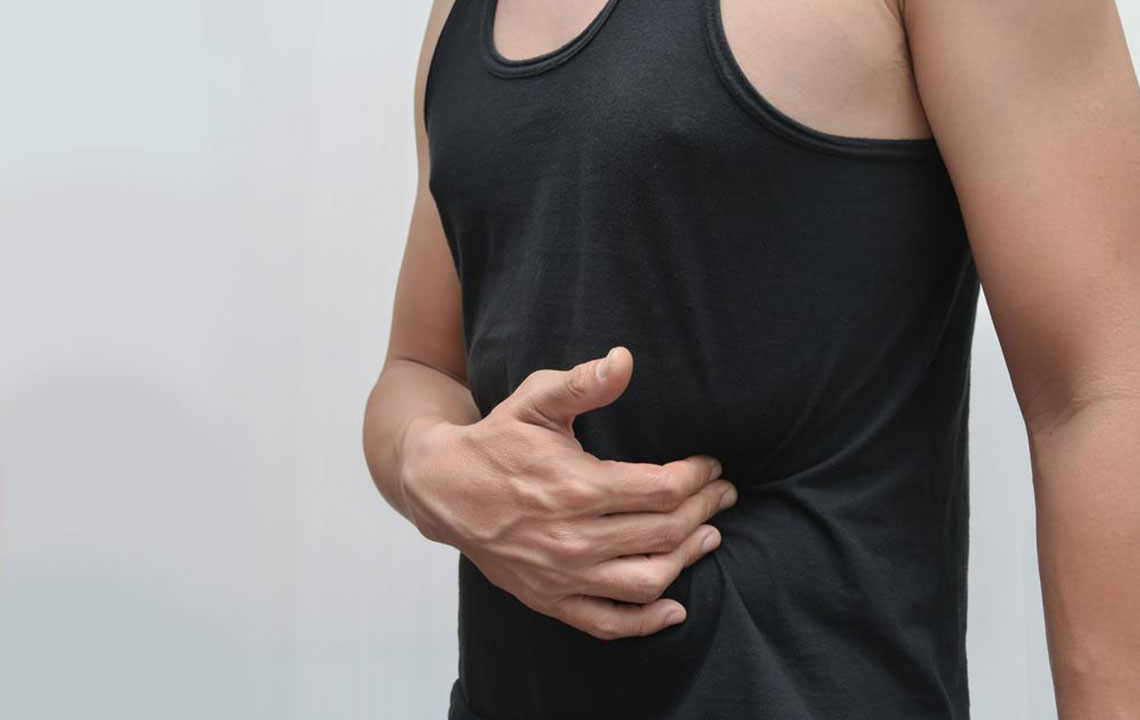What are the different types of urinary incontinence
Urinary incontinence refers to involuntary contraction and relaxation of bladder muscles. This can cause sudden leakage of urine or poor urinary bladder control. It is a symptom of a medical condition rather than a disease in itself.
Types of Urinary Incontinence
There are several different types of urinary incontinence.
- Stress Incontinence: It is one of the most common types of urinary incontinence. It can occur due to sudden pressure on the bladder. This can be caused by movement of muscles from coughing, laughing, sneezing or any physical activity. Stress incontinence in women can also occur due to weak pelvic muscles caused by pregnancy or menopause.

- Urge Incontinence: It refers to the sudden urge to urinate but unable to control bladder muscles to hold the urine inside until you can use the bathroom. This can occur due to bladder receiving poor signals from the brain. Spinal injuries and other neurological problems like stroke, Alzheimer’s disease, multiple sclerosis and Parkinson’s disease can make bladder muscles to contract involuntarily. If you have urge incontinence or urgency incontinence, it means you have an overactive bladder (OAB).
- Mixed Incontinence: When stress and urge incontinence occur together in a person, it is called mixed incontinence.
- Transient Incontinence: Urinary bladder control problems that occur due to certain medication use or any medical condition and lasts a short amount of time is termed as transient incontinence.
Some common reasons can be an infection in the urinary tract, chronic cough, excessive alcohol or caffeine consumption or medication for hypertension.
- Overflow Incontinence: When the bladder doesn’t empty in its entirety during urination, overflow of urine can occur. Such urinary bladder control problem can happen due to nerve damage from a disease, bladder stones or tumours. It is more common in men than women.
- Gross Total Incontinence: When the bladder cannot hold any urine inside causing constant leakage, it is termed as gross total incontinence. This type of urinary bladder control problem can occur due to injury to the spinal cord or after a surgery of the urinary tract.
Timely medical intervention can help in treating and managing all types of urinary incontinence.
Disclaimer:
The content of the articles discussing symptoms, treatments, health conditions, and side effects is solely intended for informational purposes. It is imperative that readers do not interpret the information provided on the website as professional advice. Readers are requested to use their discretion and refrain from treating the suggestions or opinions provided by the writers and editors as medical advice. It is important to seek the help of licensed and expert healthcare professionals when necessary.

